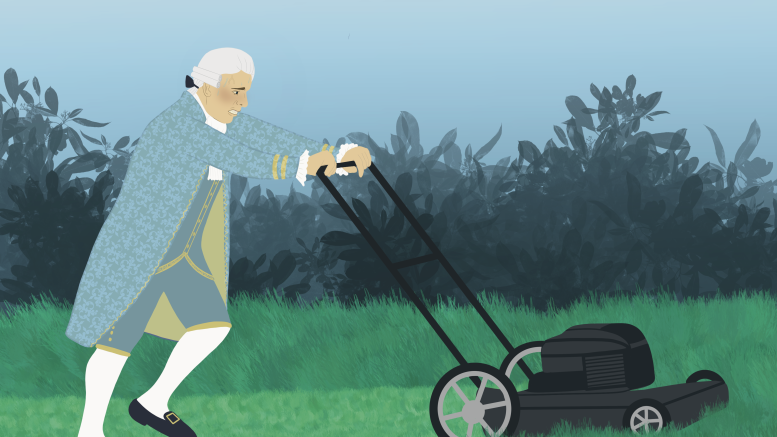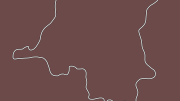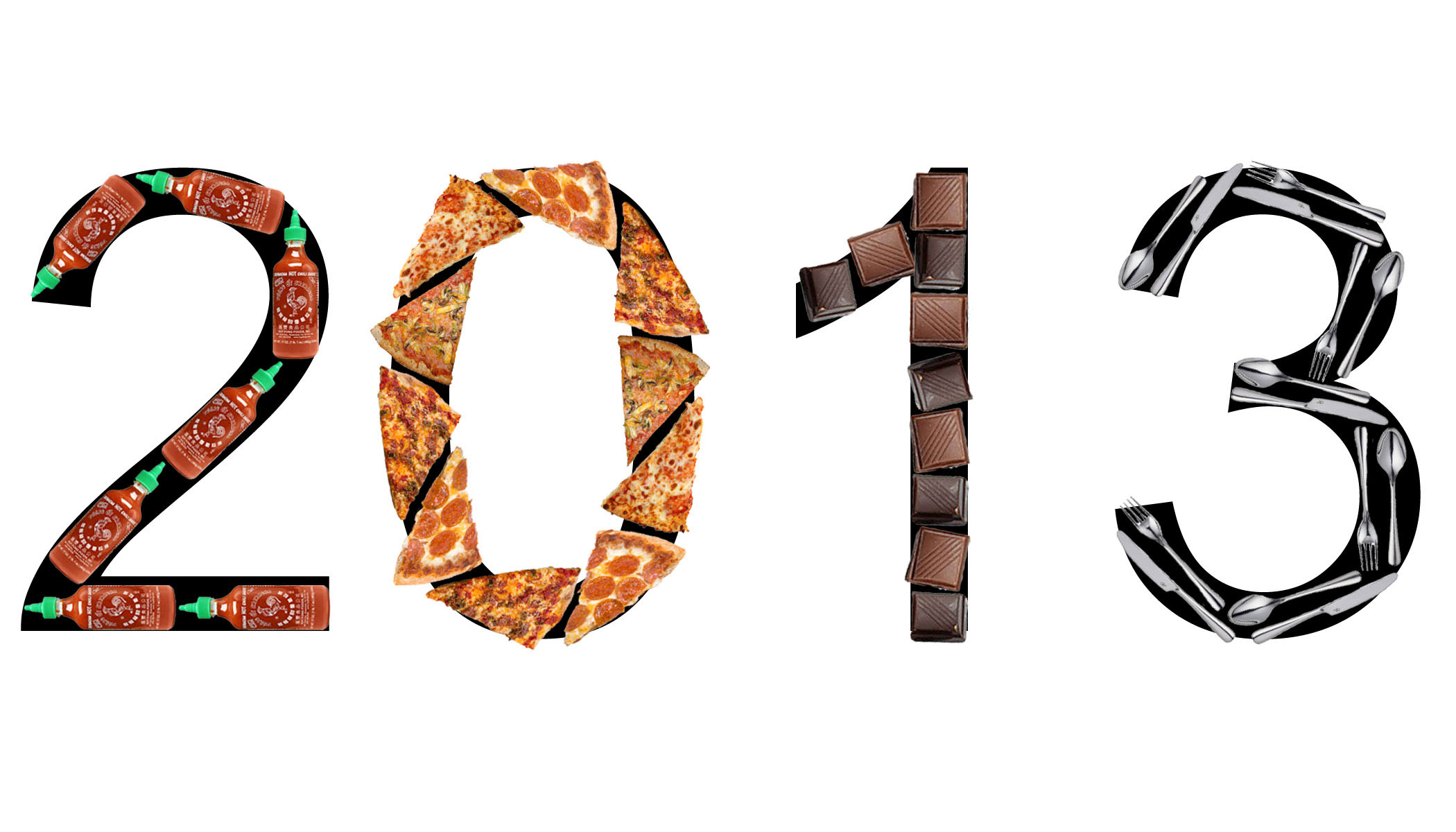The overwhelming popularity of the short grass lawn is one of the single most devastating trends in residential landscaping. Not only is it boring and unimaginative, it is an ecological nightmare based on classist ideologies.
Prior to grass lawns, the most typical uses for yards in North America were gardens and agriculture. The suburban front lawn gained popularity in the 18th century when French and English nobility romanticized the idea of an open velvety green landscape.
Well before the invention of the lawnmower, the nobility had servants cut their grass by hand or had their livestock graze the land. This process was extremely tedious, and only the extremely wealthy could afford to accomplish it. This expensive undertaking led to the short grass lawn becoming a status symbol.
In 1806, Thomas Jefferson implemented a short grass lawn on his own property, and thus, the lawn took hold in wealthy American landscapes. In the late 19th century, lawn care grew in popularity, and the introduction of the first American golf course in New York cemented the idealization of short grass in people’s minds.
By the 1940s, lawnmowers were made affordable to the middle class, with a well-manicured lawn as the foreground for any well-to-do American home.
Now, beyond its history, how could a simple lawn possibly be so terrible? It’s just grass after all, and green is good, right? Sure, it is better than concrete, but the main issue with a short grass lawn from an ecological standpoint is that it doesn’t provide any services for the environment. It provides no shelter for animals, the pesticides we use to maintain it poison animals’ food supply and it creates a lack of species diversity.
Turf grass also requires a high level of maintenance, including regular mowing, consistent watering, fertilization, re-seeding and weeding. Using pesticides, herbicides and fertilizers will pollute the water system and run off into the surrounding environment.
Funnily enough, one of the most ideal habitats for dandelions is the short grass lawn because there is nothing to compete with its growth. If you are tired of fighting off weeds, it might be time to let your lawn do the fighting for you.
In addition to environmental shortcomings, the front lawn itself serves little functional purpose beyond aesthetics. Where once the front yard promoted connection and community within a neighbourhood, newer suburbs are now coldly planned with wider front driveways and fewer sidewalks. Outdoor leisure is reserved for the backyard, leaving what remains of the front to be an empty lawn, not to be walked on or touched.
If the front lawn is not going to be stepped on anyway, what is the point of keeping the grass short?
All this isn’t to say that short grass shouldn’t exist at all, but there are alternatives that are better for the environment and require less maintenance overall. A combination of native species placed tastefully into the suburban landscape can enrich species diversity and create a beautiful plant palette that is interesting all year round.
In a city defined by the rapid expansion of suburbs, Winnipeg homeowners have an opportunity to rejuvenate their yards and create a healthier landscape. Native species require little additional watering and maintenance because they are already adapted to Winnipeg’s climate. Wildflowers and mixed grasses will choke out weeds and will also feed native pollinators.
Incorporating larger plants such as shrubs or trees can also help to protect your health and your home by cooling and purifying the air. Winnipeg is facing a severe tree loss of nearly 60 per cent of the urban canopy with the removal of elm and ash trees due to invasive insect species. While the city lacks urgency to rectify this issue, homeowners can take the initiative and rejuvenate their streets.
For many, the lawn may fade into the background and scarcely be given a second thought. When we consider how much land, water, money and labour we dedicate to short grass, it is important to ask ourselves why. The status quo is easy to take for granted, but it doesn’t mean it is the only solution. Diverse lawns are an easy way to help the environment and to bring beauty to an otherwise plain landscape.





